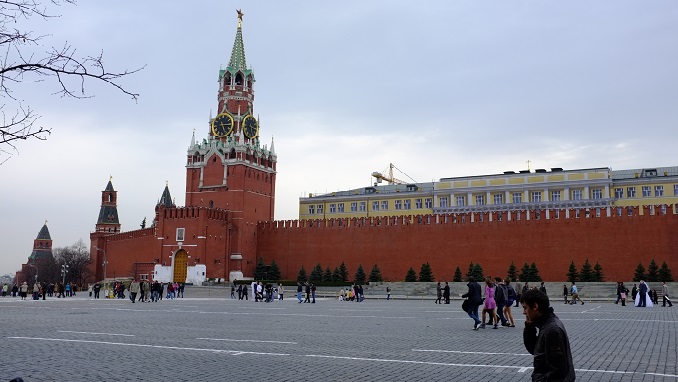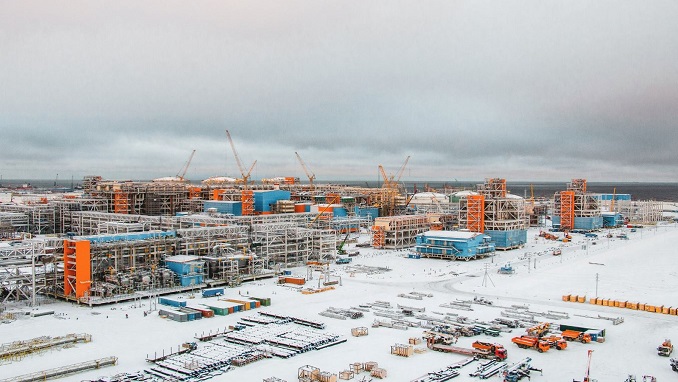As a result of the global phaseout of ozone-depleting chemicals, attempts to slow down climate change are already benefiting from the ozone layer’s ability to rebound within the next 40 years, a press release writes.
This is the judgment of a UN-backed group of experts, which was made public today at the 103rd annual meeting of the American Meteorological Society. The group examines cutting-edge technologies like geoengineering for the first time and issues a warning about unforeseen consequences for the ozone layer.
The phase-out of approximately 99% of the prohibited ozone-depleting compounds is confirmed in the quadrennial assessment report of the UN-backed Scientific Assessment Panel to the Montreal Protocol on Ozone Depleting Substances.
Thus, the Montreal Protocol has been successful in protecting the ozone layer, resulting in a noticeable recovery of the layer in the high stratosphere and a reduction in the amount of ultraviolet (UV) radiation that humans are exposed to.
If present policies are followed, it is anticipated that the layer will return to 1980 levels (before the hole appeared) by 2066 over the Antarctic, 2045 over the Arctic, and 2040 for the rest of the planet. Particularly between 2019 and 2021, changes in the Antarctic hole’s extent were mostly caused by weather. But since 2000, the size and depth of the Antarctic ozone hole have been gradually increasing.
The treaty’s beneficial effects on the climate are reiterated in the 10th edition of the Scientific Assessment Panel. The Kigali Amendment to the Montreal Protocol, a separate 2016 accord, mandates a phase-down in the production and use of several hydrofluorocarbons (HFCs). HFCs are potent climate change gases yet do not directly affect ozone levels. According to the Scientific Assessment Panel, this modification is expected to prevent 0.3–0.5°C of warming by 2100. (this does not include contributions from HFC-23 emissions).



